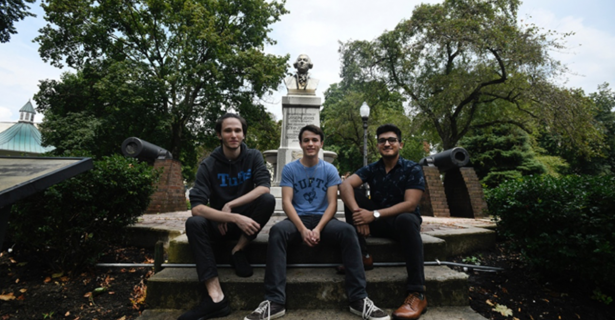This past August, I traveled to Johnstown, Pennsylvania with two classmates, Carlos Irisarri and Elliot Lam. We had decided in the spring that we wanted to understand how cities and towns in the middle of the U.S. are continuing to cope (or not) with the loss of manufacturing jobs overseas, especially in the steel industry. After months of deliberation, we chose Johnstown because of its rich industrial history and its steep population declines after the economic downturn and the 1889 and 1977 floods. Johnstown is also identified as the poorest town in Pennsylvania. What began as a road trip through declining monotowns in America’s heartland turned into one of the most immersive, exploratory experiences for us.
Having benefitted from the advice of Boston Globe Journalist Neil Swidey and Photojournalist Elizabeth Herman, we were inspired to remain in Johnstown for a month to really get a sense of the city, rather than visiting many cities across the country. Moving to the United States in 2017, the same year Donald Trump assumed the Presidency, and hearing about the deep divisions in the U.S., especially as identified between the coasts and the middle of the country, I was eager to diversify my perspectives as to why one votes and makes decisions the way one does.
Our lengthy road trip was blessed with good fortune on arrival in Johnstown when we learned that our Airbnb host, Leah Spangler, was the CEO of a prominent educational NGO for tutoring and early childcare in Johnstown. She gave us an extensive list of contacts of pioneers of development in Johnstown, ranging from the redevelopment authority to the Tribune Democrat, the local newspaper.
It appears that private individuals and businesses are driving change in Johnstown. Businesses leaders are redeveloping Johnstown’s downtown with events in the central park, an array of new dining options, bike shops and natural adventure companies.
In addition to business leaders, we also spoke with the people of Johnstown. Their views tended to focus on the challenges that Johnstown still faces; blight, unemployment, and an addiction crisis. Some neighborhoods in Johnstown’s were particularly neglected. Several people had moved out of downtown Johnstown to neighboring areas, such as Richland and Westmont.
I thoroughly enjoyed our daily schedule, which included waking up early in our loft, heading out to an interview followed by our daily stop at Flood City Cafe, a local coffee shop. We usually had lunchtime interviews, after which we would return home and deliberate over competing theories regarding Johnstown’s core issues. We made a conscious effort to integrate by going to the first baseball game of the AAABA tournament, the Flood City Music Festival, and by always hanging out downtown. People began recognizing us and helping us out with recommendations for interviews. They wanted to tell their stories. We were always referred to as the “Three Tufts Kids”, and we were there to listen.

